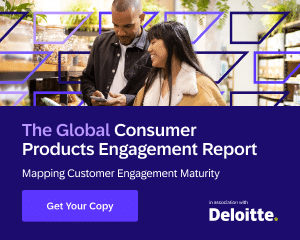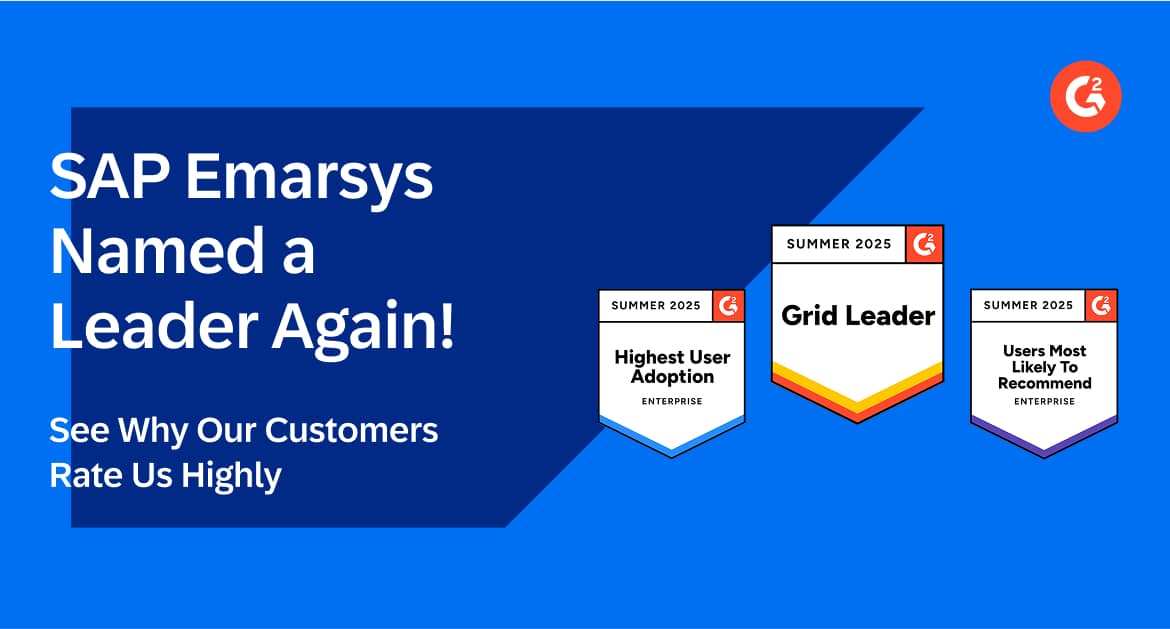The holiday shopping season is a critical time for marketers, for obvious reasons: More customers are shopping, they’re more primed to spend, and they’re more receptive to your marketing promotions.
The best brand marketers know that it’s an important opportunity to win new customers and potentially start them on a journey extending well beyond their holiday shopping and on a path to becoming a loyal, lifelong customer. So if your goal is to increase growth and revenue for your brand, having a sound holiday customer engagement strategy in place is vital.
During our Retail Revival event, industry leaders and retail and e-commerce experts from across the globe shared their favorite marketing strategies and insights for increasing customer engagement and business outcomes — including tips for a successful holiday season.
Here are three pro tips we learned that are sure to help you craft a holiday marketing strategy that delivers results.
Tip #1: Focus on the Whole Season, Not Just a Few Big Days
Black Friday. Cyber Monday. These are individual pieces of a larger holiday marketing puzzle. You’ll have a bulk of bargain hunters and price-savvy shoppers who hone in on these big promotional events because they’re looking for the best deal possible. Yes, engage them and provide the best experience possible to win their business. But keep the entire Q4 holiday shopping season in view.
“It’s less about Black Friday, Cyber Monday, Cyber Week, and it’s more about a collective Q4 and holiday season, and how do we maximize that [to] make sure that we’re not leaving any money on the table? … Really our biggest takeaway is: How do we make sure we don’t leave any money on the table this year? And by looking back in order to move forward, that’s how we’re coming up with our strategy.”
Your campaigns for Black Friday and Cyber Monday have likely been locked in and fixed for some time now (although with a more agile and flexible customer engagement platform you can easily change or enhance your campaigns as needed). But consider your strategies for engaging holiday shoppers that aren’t fixated on big doorbuster or site-crashing sales.
Various types of shoppers are especially active during the holiday season. Think about these personas:
- Last-minute shoppers
- Luxury item shoppers
- Review-driven shoppers (“Which products have the best reviews?”)
- Shoppers looking for creative gift ideas
- Shoppers buying specifically for their significant other
Use what you know about these shoppers to inform your campaigns and creative copy. These don’t have to be complex campaigns, either. A simple email campaign featuring unique gift ideas could be all it takes to convert that shopper who’s struggling to come up with the perfect present.
Tip #2: Win More Customers through Trust and Transparency
You only get one chance to make a good first impression. This is especially true when engaging new customers. If you make a positive first impression on a holiday shopper that is new to your brand, they could become a customer for life. But if you provide a subpar or negative experience, they may never return.
“I reflect back on some research that we conducted at the end of last year during the holiday period, and what came through really clearly is that when brands not only put an appropriate journey and checkout experience in place, but [also] make it clear they are really working hard to take accurate data from a shopper and ensure that shopper’s needs … requirements, and expectations are met, [customers] have much higher levels of trust in that brand. So I think whenever we’re thinking about simplicity, making things easy, quick, and convenient for shoppers online, do things [that demonstrate] you are creating a safe and trustworthy experience … [and] also a journey that feels personalized [as well as] appropriate to a particular transaction.”
Many customers will be shopping with your brand for the first time. Assume they have the highest expectations and then meet and exceed those expectations. In addition to providing quality products or services, you need to provide a:
- Safe experience: Customers are sharing lots of data and personal information in your brand. Be transparent with how and why you’re collecting their data, and how you’ll keep it safe and protected. (Having the right customer engagement platform helps with this.) Moreover, customers shopping in-store need to know they can shop safely without worry, so sharing COVID-19-related measures and store-level precautions will be valuable.
- Convenient experience: No customer on earth wants a long, laborious, high-friction transaction, but this is especially true during the holidays. Make sure you’re creating appropriate journeys for your customer and providing simple, quick, and convenient checkout experiences. If you make shopping with your brand easy for the customer, you’ll stay on the nice list. But if it’s tedious or difficult, you’ll end up on their naughty list… for good.
- Personal experience: So many brands, so many options. Proactive and clever you may be, but you’re not the only marketer clamoring for your customer’s attention. What’s more, much of the one-size-fits-all holiday marketing your customer receives will all look the same. Distinguish your brand and your message by making your content personal — uniquely tailored to the individual customer (more on this soon).
Create safe, convenient, and personalized experiences, and you’re sure to win more customers. Plus, you’ll instill interactions with a feeling of trust that will last well beyond the holiday season.
Tip #3: Create Better Customer Experiences with Relevant, Personalized Messages
As mentioned above, proving a personal customer experience is what sets your brand apart from others. You achieve this through highly personalized, 1:1 messages delivered in real time, so that they are most relevant and impactful at the moment a customer receives them.
Although your aim should be to deliver personalized experiences throughout the year, the holiday season provides unique opportunities to tailor your content in specific, customer-focused ways.
“Enhance [the] messaging within an email by including a variety of personalized elements, starting with first name, including the customers nearest or preferred store in the header copy, incorporating products available for in-store pickup in that exact store, in addition to CTAs, to drive the customer to search additional store items across categories on site. And lastly, incorporating additional store details with hours, location, etc. […] For example, if same-day [Buy Online, Pickup In Store] has a cutoff at 1:00 pm … have a countdown timer alerting the customer to the two hours they have left to place an order. Same goes for weekend pick up, especially when it comes to holiday weekends, such as Memorial Day, Fourth of July, or Christmas. Create a better customer experience by providing that transparency upfront.”
Enhance your messaging with personalized elements that will be relevant for holiday shoppers. Think about what will be important. Of course you should be sure to get their names right, but also tailor the content based on their location, past purchase history, category preference, channel preference, or any other customer-specific data you have. Also, incorporate countdown times, business hours for their preferred store, shipping cutoff times, or any other information that will help your customer plan their holiday shopping.
By the way, having your data fully integrated into your customer engagement platform will let you deliver the relevant, personalized messages that go beyond the basics to really captivate the customer.
Have a Holly Jolly Q4!
It’s time to unwrap the growth and revenue you’ve been waiting for. If you focus on the whole season, build trust with customers, and provide them with 1:1 personalized messages, you’re sure to receive everything you wanted on your business outcomes wish list.
Take the pro tips you’ve learned here and start baking the final bits of your Q4 strategy. If you want to spice up your recipe, check out all the tips and insights we learned from our Retail Revival festival. And finally, don’t forget the secret ingredient that makes it all work — the right omnichannel customer engagement platform.
Handpicked Related Content:















